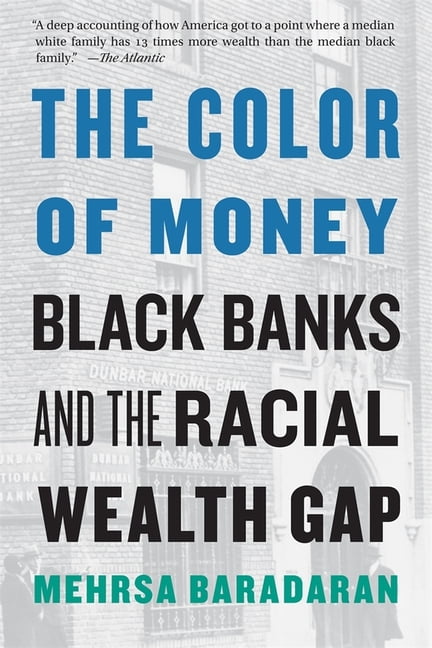

For many in the black community, the collapse of this institution caused financial ruin and led to a deep mistrust of state institutions as well as banks in general. Eventually, the bank collapsed after incurring massive losses because its management used customer deposits to finance the westward expansion of the railroad, or what has been called the ‘first postwar asset bubble’. This strategy was facilitated by the black community’s willingness to use the institution as a ‘piggy bank’ as its management sought to inculcate the values of thrift and capitalism.īaradaran emphasises that the most salient feature of capitalism is the ability of capital to proliferate through credit but the Freedman’s Bank did not allow the black community to avail this feature as it did not lend to depositors. A particularly important example in this regard is that of the Freedman’s Bank, which was seen by the public as trustworthy because it was backed by Abraham Lincoln’s government but was actually run as a private investment bank with management personnel actively engaged in speculation. Noting that 60% of black Americans - relative to 20% of white Americans - are either unbanked or underbanked, Baradaran describes how depictions that attribute such inequality simplistically to racism ignore the colossal impact of the much subtler forces of ‘commerce, credit, money and segregation’ that underpin it, which have played a largely silent role in the wealth gap that characterises contemporary US society.īlack banking has its origins in the small military banks which formed during the Civil War in the 1860s to hold the wages of black soldiers. Mehrsa Baradaran’s The Color of Money studies the role of financial structures in the American racial wealth gap. The Color of Money: Black Banks and the Racial Wealth Gap.

This book is not only a valuable historical commentary on the relationship between wealth inequity and racial discrimination, writes Juvaria Jafri, but also contains rich material on the political economy of financial institutions, the role of property ownership in perpetuating inequality and self-help as an alternative to structural change.

In The Color of Money: Black Banks and the Racial Wealth Gap, Mehrsa Baradaran studies the crucial role that financial structures have played in creating and maintaining racial inequalities in the United States.


 0 kommentar(er)
0 kommentar(er)
